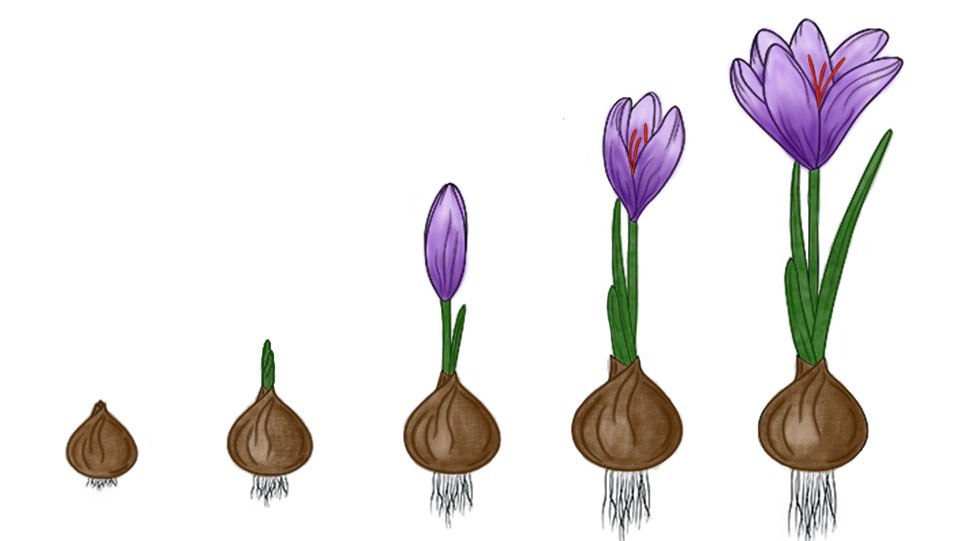Taxonomy
The crocus belongs to the genus Crocus, which is part of the family Iridaceae. It is a member of the order Asparagales, which includes other well-known plants such as orchids, lilies, and asparagus.
Morphology
Crocus plants are herbaceous perennials that grow from corms, which are bulb-like underground structures. The corms are covered with a brownish tunic, which protects the plant during dormancy. From each corm, narrow and elongated leaves arise, ranging from a few inches to over a foot in height, depending on the species. The leaves are usually green, but they may have a silver or striped pattern.
Flowers
Crocus flowers are renowned for their beauty and diversity. They are typically cup-shaped and consist of six petal-like tepals. The tepals can be various colors, including shades of purple, blue, yellow, white, and bi-colored combinations. Some crocus species have flowers with contrasting colored veins or feathering, adding to their visual appeal. The flowers usually have three stamens with yellow or orange anthers, which bear the pollen.
Reproduction
Crocus plants reproduce both sexually, through pollination and seed production, and asexually, through the division of corms. In sexual reproduction, the flowers attract pollinators, such as bees and butterflies, with their nectar and bright colors. Once pollinated, the flowers develop seed pods that contain numerous small seeds. In asexual reproduction, new corms form as offshoots from the parent corm, allowing the plant to propagate and expand.

